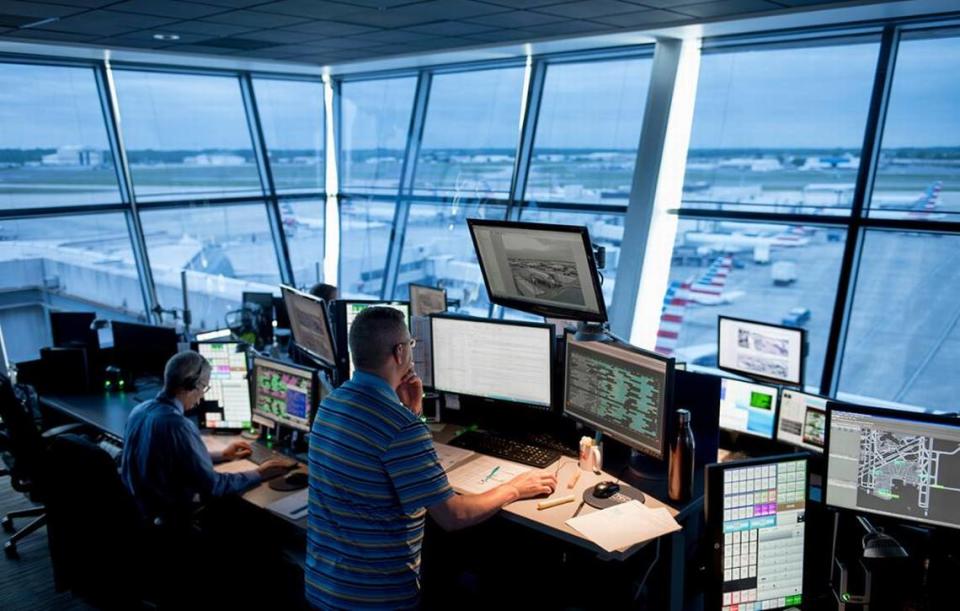What’s NASA doing at CLT airport? The work was singled out by space agency leader
As it turns out, NASA doesn’t just focus on the stars — it also operates out of Charlotte Douglas International Airport, saving time for passengers and more than 1 million gallons of jet fuel for airlines.
NASA’s top official, Administrator Bill Nelson, touted the space agency’s work at CLT in an appearance before the Senate Appropriations Committee this week.
Nelson praised the work of testing air traffic scheduling technology at the Charlotte airport during his testimony on the administration’s budget request of $24.8 billion in funds for 2022.
The goal of the demonstrations is to allow for more precise scheduling of flights and more efficient ground operations, managing the movement of planes from an airport gate to the sky without stopping the plane — “like a car merging onto a freeway,” according to NASA.
Testing of that NASA-developed technology at CLT has saved more than 1 million gallons of jet fuel for participating airlines since September 2017, NASA recently announced.
The demonstration of the NASA technology has also prevented the release of more than 21 million pounds of carbon dioxide into the atmosphere — the equivalent of planting more than 159,000 trees, according to the agency.

The demonstration has also reduced flight delay times at Charlotte’s airport by nearly 840 hours, saved passengers an estimated $4 million in value of time and saved airlines an estimated $1.2 million in flight crew costs, according to NASA.
“I’ve just scratched the surface on what NASA does,” Nelson said Tuesday, calling work at CLT the “next generation of air traffic control.”
Charlotte airport officials did not respond to requests for comment on the NASA demonstrations.
Expanding the program nationally
NASA opened a research lab at the Charlotte airport in 2016, starting air traffic tests in the fall of 2017.
The testing will continue at CLT, according to NASA, and has already expanded to airports in north Texas and to air traffic flying over parts of the Southeast.
And the Federal Aviation Administration is studying the NASA technology with plans to expand the tech to 27 major airports in coming years, according to NASA.

